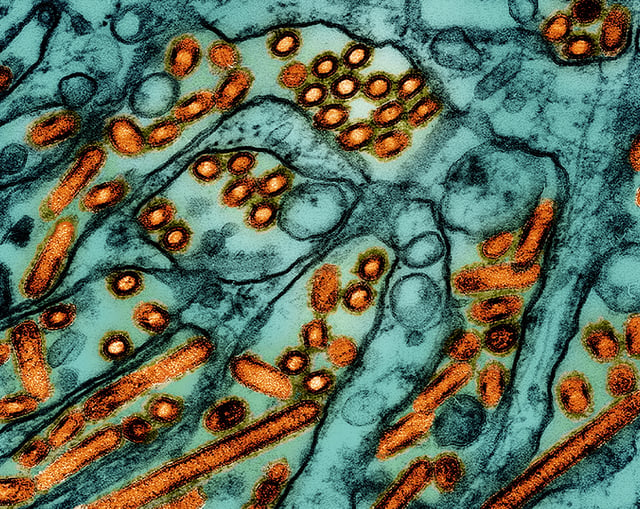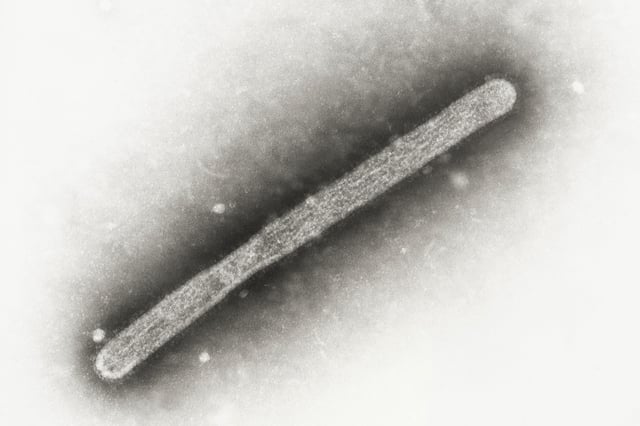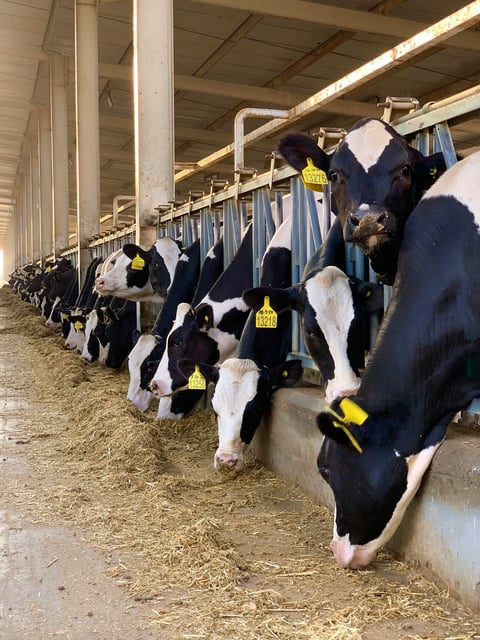Overview
- Second confirmed case of bird flu in a dairy worker raises alarm.
- Unpasteurized milk identified as a primary vector for virus transmission.
- Protective equipment remains scarce despite federal recommendations.
- Farmworkers face high exposure due to close contact with infected cows.
- Experts warn that inadequate protections could exacerbate public health risks.



